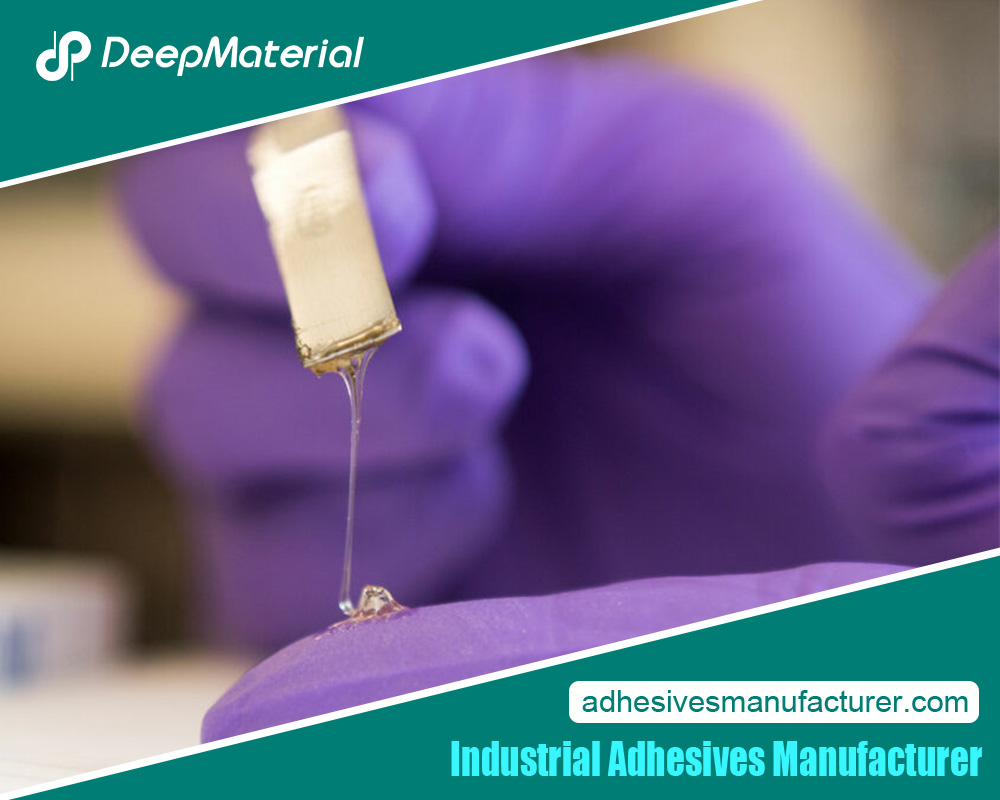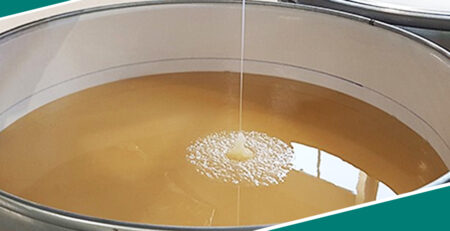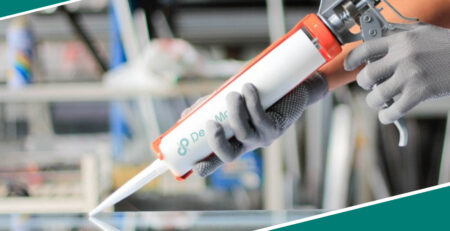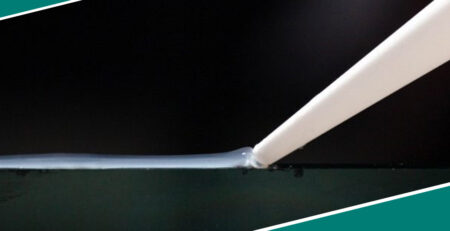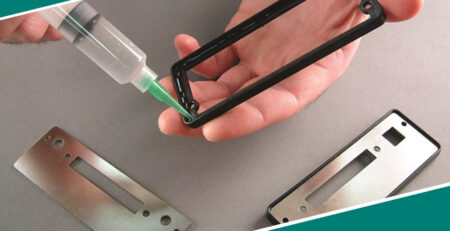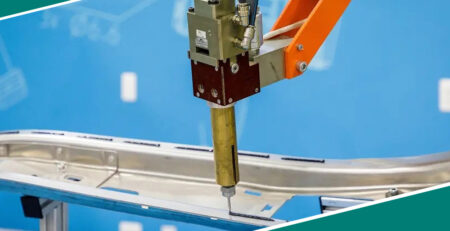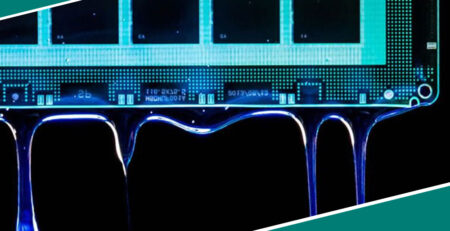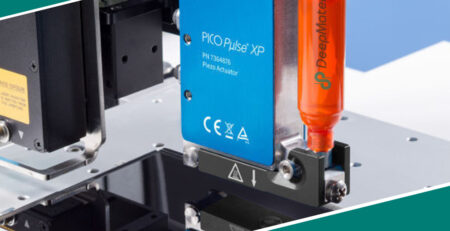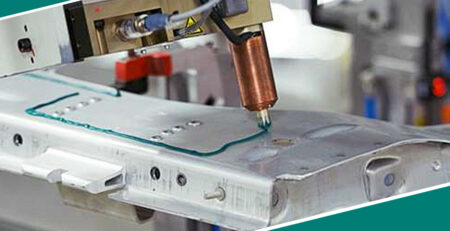Cob Epoxy vs Traditional Materials: Which is the Better Choice?
Cob Epoxy vs Traditional Materials: Which is the Better Choice?
Choosing the right building material is crucial when embarking on a construction project. The material used will determine the strength, durability, and overall quality of the structure. With so many options available, it can be overwhelming to make a decision. One material that has gained popularity in recent years is cob epoxy.
This post will provide an in-depth analysis of cob epoxy and compare it to traditional building materials such as wood, concrete, and brick. By examining the pros and cons of each material, as well as factors such as durability, cost, environmental impact, aesthetics, maintenance, and availability, readers will be able to make an informed decision for their own building projects.
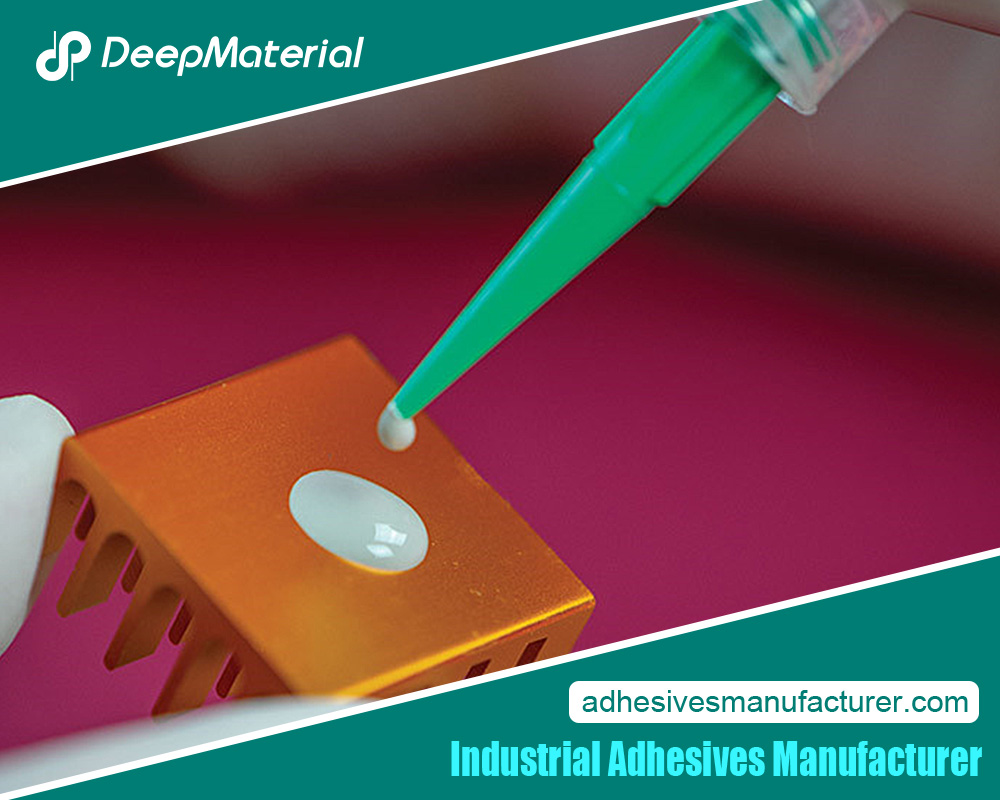
Introduction to Cob Epoxy and Traditional Building Materials
Cob epoxy is a mixture of cob, a natural building material made from clay, sand, and straw, and epoxy resin, a synthetic material that provides added strength and durability. The combination of these materials creates a strong and flexible building material that is resistant to weathering and pests. Cob epoxy has gained popularity in sustainable construction due to its eco-friendliness and low carbon footprint.
Traditional building materials such as wood, concrete, and brick have been used for centuries and are still widely used today. Wood is a versatile material that is readily available and easy to work with. It is known for its natural beauty and warmth. Concrete is a durable material that can withstand extreme weather conditions and is often used in large-scale construction projects. Brick is another popular choice due to its strength, durability, and aesthetic appeal.
Pros and Cons of Cob Epoxy
Cob epoxy offers several advantages over traditional building materials. Firstly, it is incredibly strong and durable, making it suitable for a wide range of construction projects. It is also flexible, allowing for unique and creative designs. Additionally, cob epoxy is an eco-friendly option as it utilizes natural materials and has a low carbon footprint. It is also a good insulator, helping to regulate temperature and reduce energy consumption.
However, there are some disadvantages to using cob epoxy. One of the main drawbacks is the cost. Cob epoxy can be more expensive than traditional building materials, especially if the epoxy resin used is of high quality. Another challenge is the availability of cob and epoxy resin, which may be limited in certain regions. Finally, working with cob epoxy requires a certain level of expertise and skill, which may not be accessible to everyone.
Pros and Cons of Traditional Building Materials
Traditional building materials have their own set of advantages and disadvantages. Wood, for example, is readily available and easy to work with. It is also a renewable resource and has a low carbon footprint. Wood is also known for its natural beauty and warmth. Concrete, on the other hand, is incredibly durable and can withstand extreme weather conditions. It is also fire-resistant and provides excellent sound insulation. Brick is another popular choice due to its strength, durability, and aesthetic appeal.
However, traditional building materials also have their drawbacks. Wood, for example, requires regular maintenance to prevent rot and decay. It is also susceptible to pests such as termites. Concrete, while durable, has a high carbon footprint due to the production process. It is also not as flexible as other materials, making it less suitable for unique designs. Brick, while aesthetically pleasing, can be expensive and time-consuming to install.
Durability of Cob Epoxy vs Traditional Materials
When it comes to durability, cob epoxy holds its own against traditional building materials. Cob epoxy structures have been known to last for centuries when properly maintained. They are resistant to weathering, pests, and wear and tear. Traditional building materials such as wood, concrete, and brick also have their own level of durability. Wood structures can last for decades with proper maintenance, while concrete and brick structures can last for centuries.
It is important to note that the durability of any building material depends on various factors such as the quality of the material, the construction techniques used, and the maintenance practices employed. Regular inspections and repairs are necessary to ensure the longevity of any structure, regardless of the building material used.
Cost Comparison of Cob Epoxy and Traditional Materials
Cost is an important factor to consider when choosing a building material. Cob epoxy can be more expensive than traditional building materials, especially if high-quality epoxy resin is used. The cost of cob epoxy also depends on the availability of cob and epoxy resin in a particular region. However, it is worth noting that cob epoxy structures require less maintenance and repair over time, which can offset the initial cost.
Traditional building materials such as wood, concrete, and brick have varying costs depending on factors such as quality, availability, and region. Wood is generally more affordable than concrete and brick, but it requires regular maintenance to prevent rot and decay. Concrete is a cost-effective option for large-scale construction projects, while brick can be more expensive due to the labor-intensive installation process.
Environmental Impact of Cob Epoxy vs Traditional Materials
In terms of environmental impact, cob epoxy is considered a more eco-friendly option compared to traditional building materials. Cob is a natural material that is abundant and renewable. It has a low carbon footprint and does not require extensive energy consumption during the production process. Epoxy resin, while synthetic, can be sourced from sustainable materials and has a long lifespan.
Traditional building materials such as wood, concrete, and brick have varying levels of environmental impact. Wood is a renewable resource but requires careful management to prevent deforestation. Concrete production is known to have a high carbon footprint due to the energy-intensive manufacturing process. Brick production also has environmental implications, particularly in terms of energy consumption and emissions.
Aesthetics and Design Options for Cob Epoxy and Traditional Materials
Aesthetics and design options are important considerations when choosing a building material. Cob epoxy offers a unique and natural aesthetic that can be customized to suit individual preferences. It allows for creative and unconventional designs, making it a popular choice for those seeking a more organic and rustic look. Cob epoxy structures can also be finished with various materials such as plaster or paint to achieve different visual effects.
Traditional building materials such as wood, concrete, and brick also offer their own aesthetic appeal. Wood is known for its natural beauty and warmth, while concrete has a modern and industrial look. Brick provides a timeless and classic aesthetic that is often associated with traditional architecture. Each material can be used to create a wide range of design styles, from contemporary to traditional.
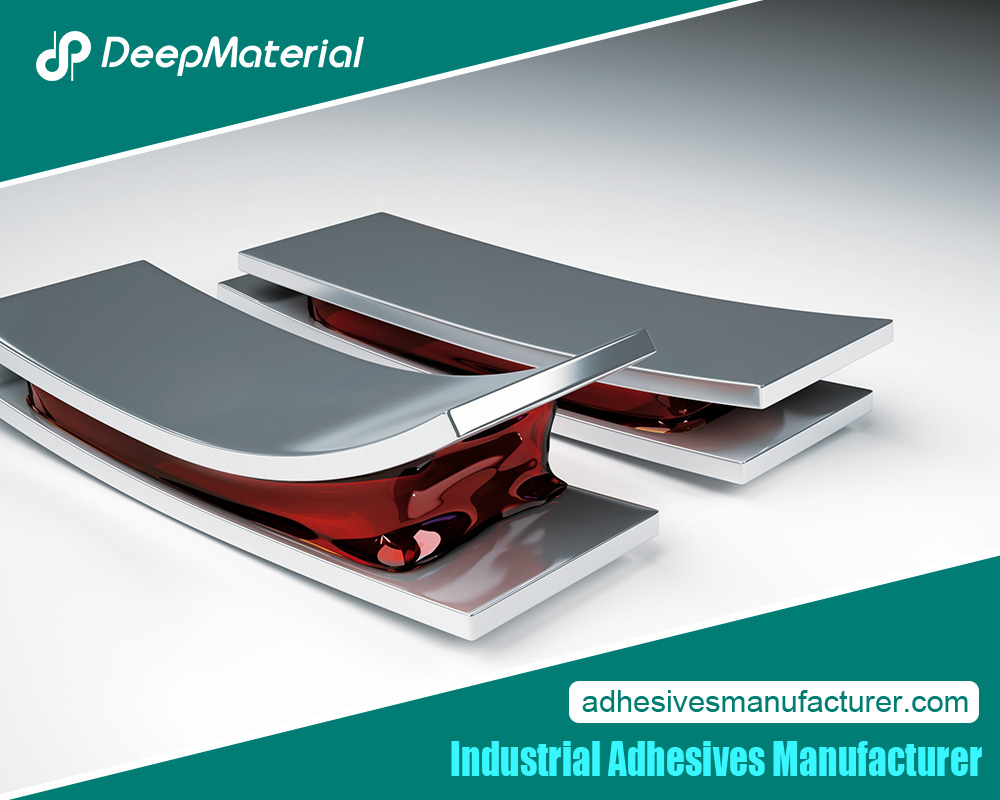
Final Verdicts on Which is the Better Choice for Your Building Project
In conclusion, choosing the right building material for your project depends on various factors such as durability, cost, environmental impact, aesthetics, maintenance, and availability. Cob epoxy offers several advantages such as strength, flexibility, and eco-friendliness. It is a durable and low-maintenance option that can withstand the test of time. However, cob epoxy may be more expensive and less readily available compared to traditional building materials.
For more about the Cob Epoxy vs Traditional Materials, you can pay a visit to Deepmaterial at https://www.adhesivesmanufacturer.com/ for more info.

